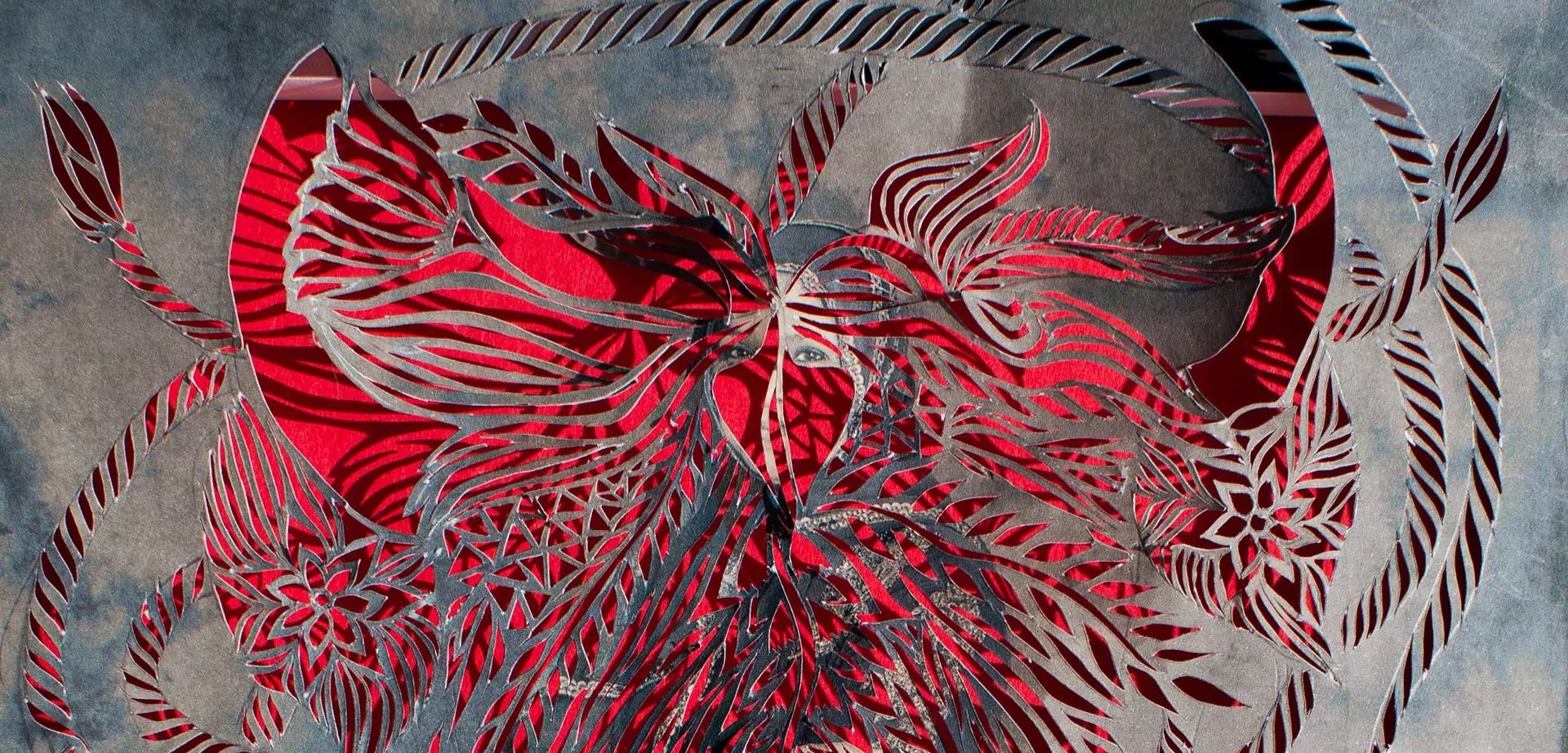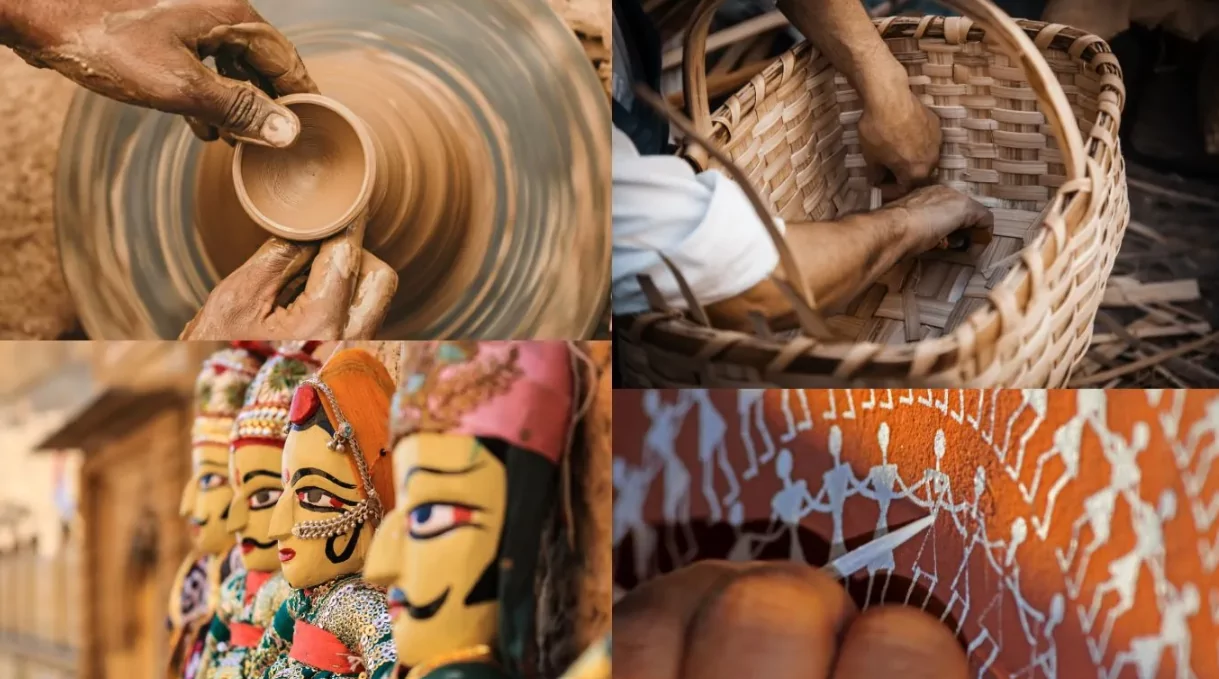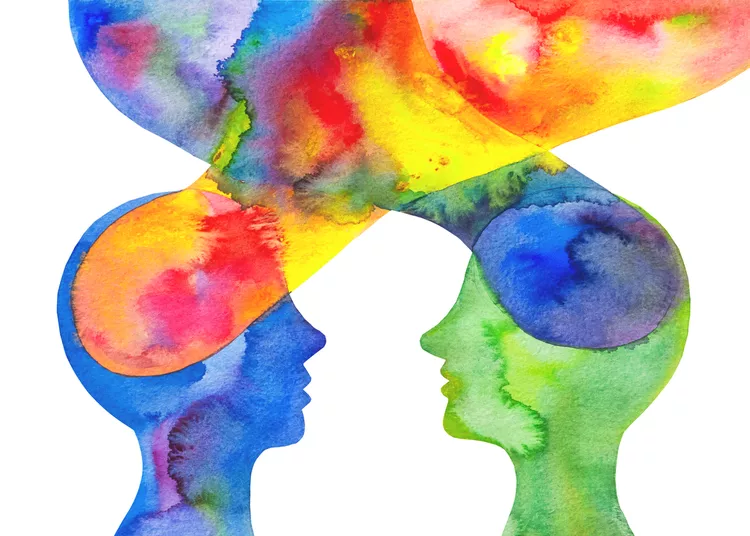Silence, a traditional practice in Indian households. Where “izzat” (honour) and “sharam” (shame) go hand in hand. It was being silenced that commands cohesion to socially acceptable norms. To highlight the issues surrounding domestic violence and suppression, the concept of A Thousand Cuts was introduced.
The Visionary
From early modern authors like Aphra Behn to more contemporary novelists such as Anna Burns, female writers have been representing violence for centuries to expose abuse through their medium of expertise. Sujata Setia, a South Asian woman was no different in doing the same. She’s a UK-based, multi-award-winning family and children photographer.
Image source: ButNatural
As a survivor of child sexual abuse and domestic violence, she feels at the core of her photographic and artistic practises. Combining traditional creative interventions and photography to accentuate the boundary of cultural dominance and the act of turning a blind eye. She has achieved immense international recognition including gaining 1st place in the International Photography Awards, holding the title of 2024 Sony World Photography Awards winner in the creative category and being published in Forbes and Vanity Fair, to name but a few.
Why A Thousand Cuts?
Lingchi translates to “slow slicing” or “Death by a thousand cuts”. Moreover, it is not only a form of torture and a method of execution but also be applied as an act of humiliation after death, originating from the age-old Asian practises. Sujata created a series of portraits and stories presenting a photographic study of patterns of domestic abuse in the South Asian community.
Image source: Sujata Setia
She borrowed the metaphorical meaning of Lingchi to exhibit the repetitive nature of domestic abuse. A Thousand Cuts acts as an invitation for an open dialogue. Allowing both survivors and society to explore concepts of trauma, and cultural inclination, without risking their vulnerability.
A Thousand Cuts: Decoded
Sujata Setia’s A Thousand Cuts is a collusion of the nerves and strengths of the survivors of domestic violence. In the hopes that the world one day will abandon the conspiracy of silence for a future where talking about abuse becomes the norm.
Image source: Sujata Setia
Through this series, Sujata portrays a woman’s life rising from the ashes, regardless of tolerating a thousand cuts made on her spirit, soul and essence by the emissaries of control and power. It is a plea for a just and endurable world where records of agony and trauma are permissible to live without the constant fear of judgement, shame and dishonour.
Image source: Sujata Setia
Sujata put together this series to find solace in the sole narratives and encounters of domestic violence survivors to be exchanged and voiced, regardless of the stigma and judgement. Somewhere in the safe space, Sujata found refuge and got accustomed to her abuse too. The abuse began as a foetus in her mother’s womb.
In Sujata’s words, “From an outsider, I became an insider to this intimate cohort of women.”
From Pixels to Purpose
Sujata used a thin A4 sheet and printed the portrait on paper. This thin sheet represented the delicacy of existence. The unceasing act of chipping at the soul of the abused is implied by making cuts on the portrait of the participant. She kept this project at a domestic scale, using resources one could find within a home. Mirroring that violence takes place within the human space as well.
Image source: Sujata Setia
The red colour underneath the portrait not only signifies the torment, suffering and strength but also the dawn of a new beginning. The final piece is captured in a very enclosed, tight crop to portray a sense of suffocation and the absence of room for movement.
Image source: Sujata Setia
She started working on this series a year ago, not knowing where it would lead. Studying patterns of Domestic Abuse within the South Asian Community was a difficult subject. For her, finding survivors who were willing to talk about their abuse was her biggest challenge. She had a constant fear that she wouldn’t be able to put forward her message of domestic violence with sensitivity and care and would take away from the survivor’s story.
Being a South Asian woman, Sujata had a strict principle-based upbringing. It was the norm to endure pain and glamorise trauma. To put others needs before your own. To focus on spending your entire early life thinking about being married rather than being independent, which was of utmost importance at the time.
In Essence
Image source: Sujata Setia
This series is an attempt to understand abuse from different perspectives and settings. Via the conversations, Sujata and each participant understood their trauma at a deeper level. She got to engage and narrate stories of women experiencing violence in their lives. She saw common themes of “the fear of financial insecurity”. Because of the cultural disposition, one never got the opportunity to be financially independent. Making it the primary barrier in the time of leaving an abusive relationship
To learn more about art forms, download the Rooftop app from the App Store or Google Play to stay updated on our upcoming art events and workshops.
By Soumya Kotian




